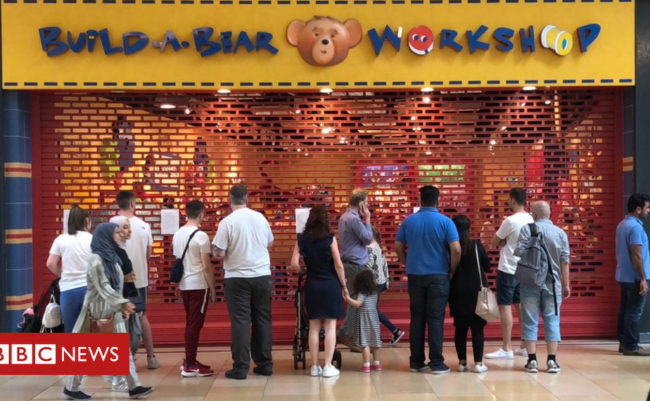
Build-A-Bear’s Pay Your Age Fiasco
Last week was the big “Pay Your Age Day” at Build-A-Bear. As you have probably read, the event did not go well.
People certainly responded to the offer, but so many families and kids showed up that Build-A-Bear had to halt the event and turn people away. This was – to put it mildly – unpopular. People quickly took to social media to express their disappointment. One mother wrote, “Thanks @buildabear for ruining my 8 and 2 year olds’ day.” Another posted “Won’t bring my daughter back and get her excited to visit this place. Not after your joke of sale.”
Pay Your Age Day will now go down in history as one of the greatest promotion fiascos of all time, joining Red Lobsters “Endless Crab” promotion that went dramatically over budget and Hoover’s “Free Flights” promotion that gave away enough tickets across the Atlantic to fill 500 747s.
Three Problems
Build-A-Bear now has three problems. The first is that there are thousands of angry parents and disappointment kids and Build-A-Bear has to figure out how to address their unhappiness. Look for some big discounts and grand apologies.
The second problem is that the Build-A-Bear brand has taken a hit. Build-A-Bear wants to be a brand associated with happiness and fun, a special treat for kids and a safe option for stressed parents. “Oh no, another birthday!” they might think, “Let’s just go to Build-A-Bear. It isn’t cheap but it will be a fun event for little Katie.”
At the moment, Build-A-Bear is getting a lot of attention for disappointing people. The company does not want to be linked to photos of unhappy children, and that is what is happening today.
The third problem, and perhaps the biggest and most long-term problem, is that Build-A-Bear has created some damaging price expectations. Pay your age is catchy, but it is pretty clear: a bear for a four year old should cost $4. Or maybe $8, if you missed out on that promotion. A price of $25? Well, that is clearly a rip off.
Pricing is complicated, especially for items that aren’t easy to compare. What is the right price for a home robot? I have no idea. How about a flying personal drone that can get you to your work? Not a clue.
As a result, people rely on reference pricing. What was the price last time? If the price I see is lower, then that seems good. If the price is higher, I’m a bit nervous. For many people, the correct price for an iTunes song is 99 cents, only because that is where Apple started. Prices, fairly or not, create expectations for customers.
Build-A-Bear’s promotion established some damaging reference prices and the company will be dealing with that issue for many years to come.
Lessons
There are three lessons from the Build-A-Bear fiasco.
First, be careful about using deep discounts to drive traffic and attract people. These offers work well in the short run but can create enormous problems longer term.
Second, when running a big event that will generate a lot of attention and social-media hype, be prepared for a huge response. Staff up. Have a contingency plan.
Third, before running a global promotion, do some testing. The risk is that you’ll limit the surprise. The benefit is that you will be ready to capitalize on the idea if it takes off.
How unpleasant!
In Portugal, we had something similar, some years ago, when a distribution company cut its prices by 50%. It got a huge turnout of customers, I have to admit, but it infuriated the competition and in addition it did not get rid of a fine from the regulator due to dumping…
Wondering if they just overestimated the number of 75-90 year olds that would come in.
Seriously, it seems that in the midst of our current fail-fast, be dramatic mindset, that actual planning/testing might be out of favor. There’s no swagger in testing! There’s no time for testing! If we test something online we’ve effectively launched it! Go for it! Elon Musk! Well, obviously there’s huge value in validating a premise, if not precisely trying to quantify it.
Case in point: many years ago Kraft ran a print-delivered (!) promotion offering a free hideously ugly red plastic picnic pack with the submission of a certain number of product labels. This was a pretty straightforward pantry load promotion and was budgeted at $500k. All the numbers were run, # of households, % participation, etc etc. The only thing that was not taken into consideration was label hoarders. Who knew? They submitted a tidal wave of saved labels, running the tab up to around $5 million and precipitating a death march to the 5th floor offices of the estimable Mike Miles for the sacrificial brand assistants.(nice wood paneling up there, by the way).
Needless to say, the approval process for subsequent promotions was much more disciplined.